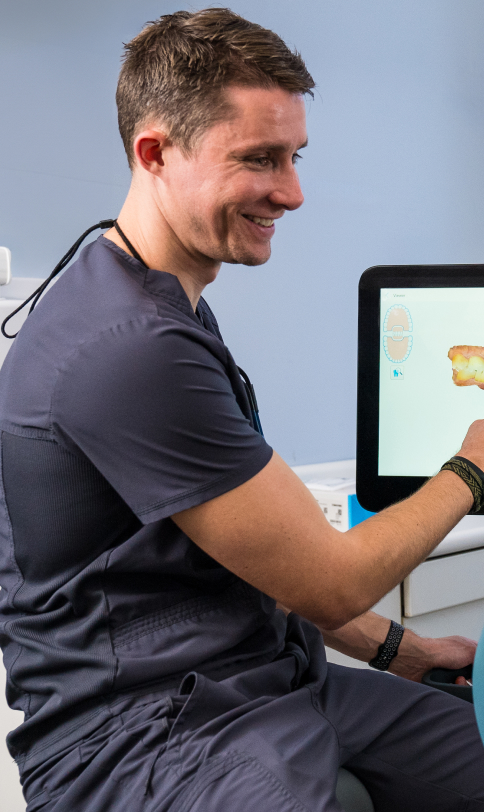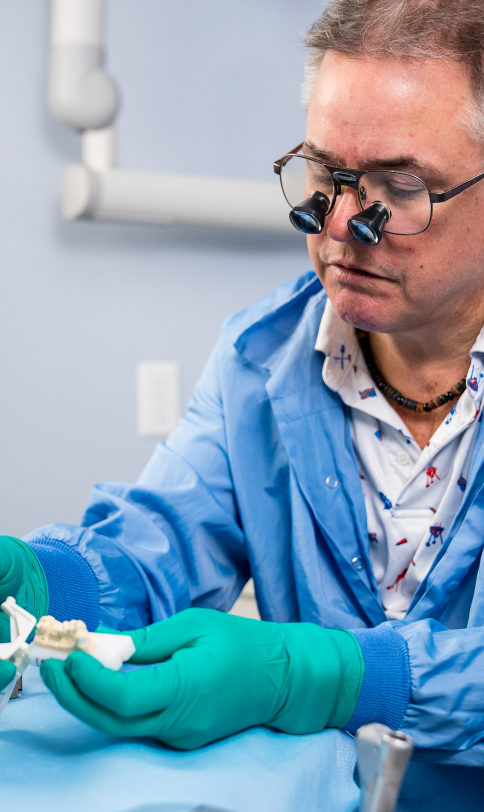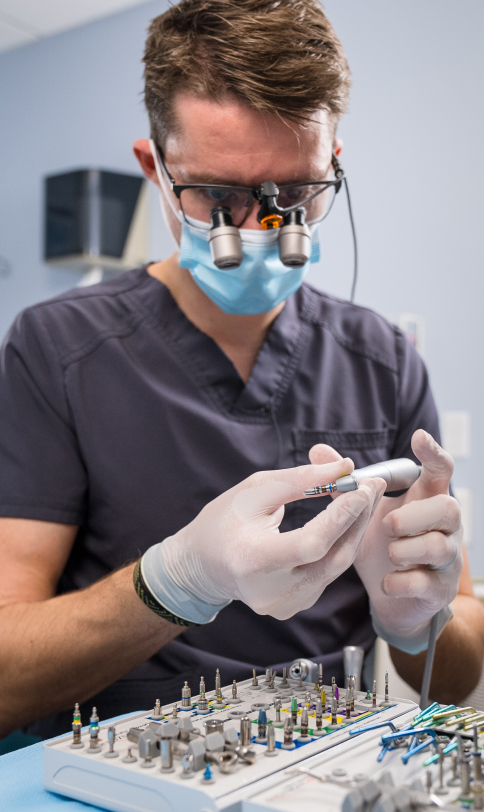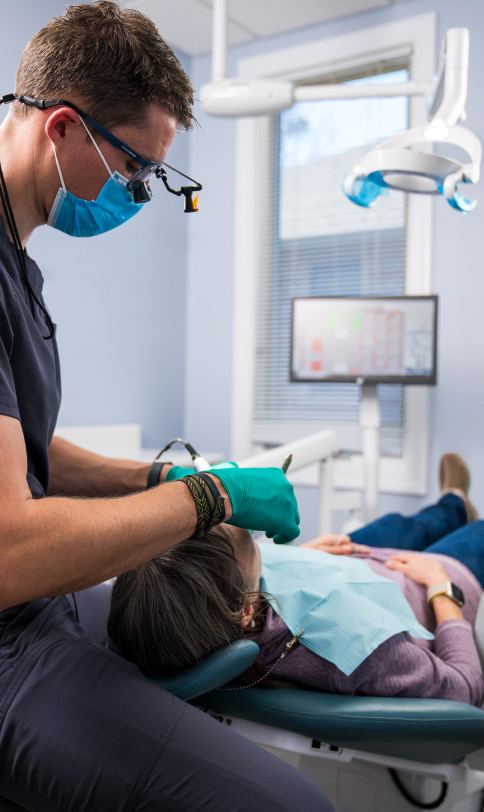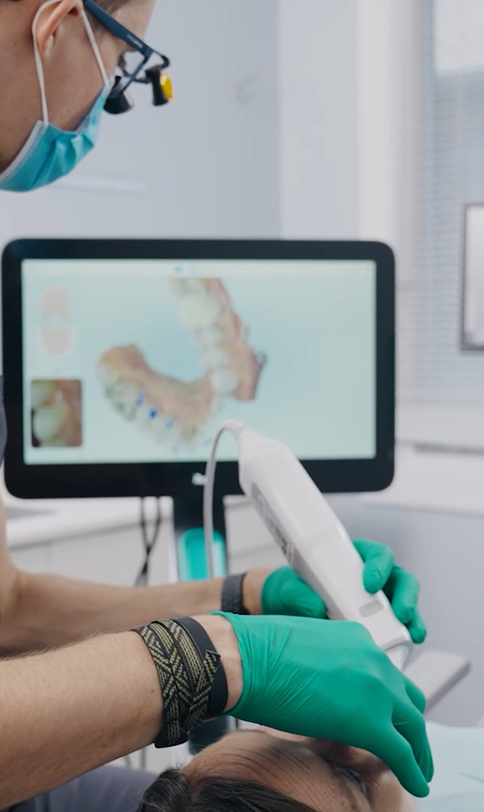Dental implants are, as we all know, the most sought-after treatment that does meet the absence of teeth. The process is very effective, but much of this success is related to the healing that needs to be better maintained for long-lasting use and full functionality. For a patient who just had dental implants, learning about the process will surely set the right preventive gears toward a flawless recovery. This blog now takes you through five main healing stages after having dental implants.
Quick Aftercare: The Initial Days
Your body starts healing after your dental implants in Cary are placed. Since the initial discomfort and swelling are normal but controllable, the first few days are critical. It’s common to experience mild to moderate pain and swelling near the surgical site. Your dentist might prescribe more potent painkillers or suggest over-the-counter alternatives to control discomfort. For the first 24 hours, apply ice to the afflicted area to help reduce swelling. Limit your diet to soft foods like mashed potatoes, yogurt, and soup to prevent applying pressure to the implant site. Steer clear of chewy or hard foods that can aggravate the area.
The Process of Osseointegration
One of the most critical phases of dental implant healing is osseointegration. At this stage, your jawbone and the implant unite to create a strong, long-lasting foundation for the lost tooth. Osteointegration usually takes three to six months. The titanium post of the dental implant adheres to the surrounding bone. Depending on your healing rate and bone health, this process could take several months. To ensure success, your dentist will schedule follow-up appointments to take X-rays and track the healing process.
Placement of Abutments
The next step is to install the abutment after osseointegration is finished and your implant has completely healed. Abutments are tiny connectors that dentists use to join the crowns with the implants. Usually, this phase comes after the implant and bone have entirely fused. It is a minimal procedure where the dentist uses anesthetic medications to help patients relax. Any discomfort or swelling you experience should go away within a few days. A brief healing period may follow the abutment before the final crown is positioned. This enables your gums to recover and create a contour around the abutment that looks natural.
The Final Crown’s Position
Once the abutment has healed and your gums have stabilized, it’s time for the last restoration, the dental crown. This step completes the implant procedure by restoring your tooth’s appearance and functionality. Your dentist will attach the specially designed crown to the abutment. The crown will blend perfectly with your smile by matching your natural teeth’ color, size, and shape. To guarantee a good fit and bite alignment, your dentist may make minor adjustments to the crown.
Long-Term Care
Even after the healing process for dental implants is complete, proper care is necessary. Ensure you regularly brush and floss to keep your gums and teeth clean. Nothing can be better than flossing after every meal. Visit a dentist regularly to help you stay extra sure about your implantation. Quit smoking and be careful while you chew hard foods. Avoid sugary snacks, as they can damage your false tooth.
Smooth Recovery And Long-lasting Results
Have you heard the proverb “ Slow and steady wins the race”? The same story applies to the recovery process of dental implants. Strictly follow what your dentist says to ensure a smooth recovery. Be patient and let the area heal naturally. Do not hesitate to contact your dentist if you have any complications.


